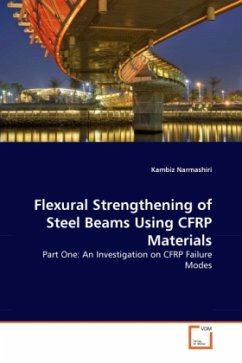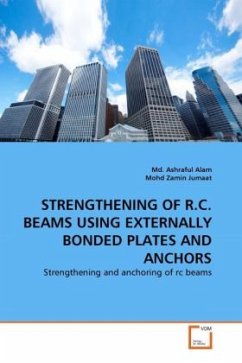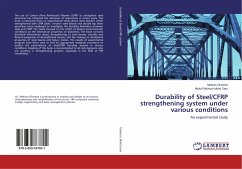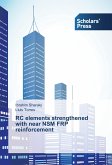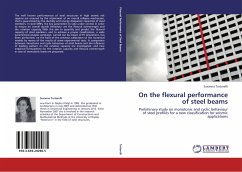The use of Carbon Fibre Reinforced Polymer (CFRP) material for strengthening of steel structures has gained significant interests recently. There are various methods used for the strengthening of steel structures. Amongst them are the application of additional steel parts, external pre-stressing of parts, and reducing or bridging the gap between the supports. These methods require considerable time and cost. In contrast, CFRP is high in strength, light in weight, strong resistance to corrosion, and suitable for upgrading of steel structures. CFRP flexural strengthened steel beams have suffered various failures such as debonding, delamination, and splitting. Understanding of these CFRP failure modes is useful to find solutions for preventing or retarding them. This book has presented the observed CFRP failure modes in the flexural strengthening of several steel I-beams which were numerically modelled and experimentally tested.

